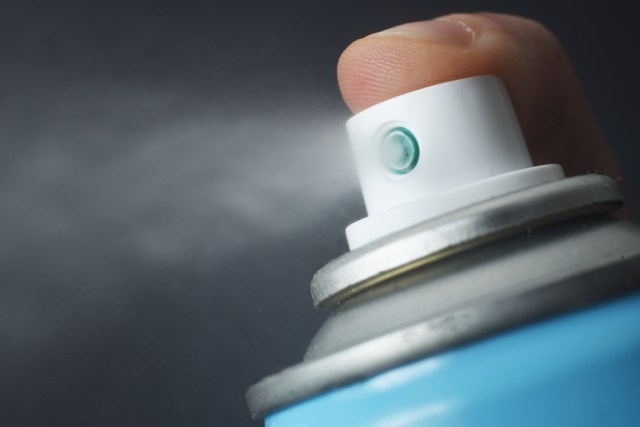Course Summary
Practice Level: Beginner
Clinicians need to be informed about how to identify and diagnose an inhalant use disorder according the DSM-5 criteria. To diagnose accurately, clinicians need to able to know of the physical and psychological effects of an inhalant use disorder and the available treatment for individuals with an acute solvent intoxication and an inhalant use disorder. The course provides information about DSM-5 criteria to diagnose an inhalant use disorder as well as the treatment and ongoing support for those affected by it.
Course Format
This course contains downloadable online lessons (PDF) and a practice test. When you’re ready, purchase the course by clicking the “Add To Cart” button. This will let you take the test, complete the course evaluation and receive your certificate for CE credits.
Learning Objectives
- Describe commonly abused inhalants
- Discuss the effects of acute inhalant intoxication
- Identify the definition of volatile
Course Syllabus
A. Primary Acute Clinical EffectsB. Assessment For Inhalant IntoxicationC. Chronic Clinical Effects
Authors
Dana Bartlett, RN, BSN, MSN, MA, CSPI
Dana Bartlett is a professional nurse and author. His clinical experience includes 16 years of ICU and ER experience and over 20 years of as a poison control center information specialist. Dana has published numerous CE and journal articles, written NCLEX material, written textbook chapters, and done editing and reviewing for publishers such as Elsevier, Lippincott, and Thieme. He has written widely on the subject of toxicology and was recently named a contributing editor, toxicology section, for Critical Care Nurse journal. He is currently employed at the Connecticut Poison Control Center and is actively involved in lecturing and mentoring nurses, emergency medical residents and pharmacy students.
Accreditation Approval Statements
CE4Less.com is approved by the American Psychological Association to sponsor continuing education for psychologists. CE4Less.com maintains responsibility for this program and its content.
CE4Less.com has been approved by NBCC as an Approved Continuing Education Provider, ACEP No. 6991. Programs that do not qualify for NBCC credit are clearly identified. CE4Less.com is solely responsible for all aspects of the programs.
Courses have been approved by CE4Less.com, as a NAADAC Approved Education Provider, for educational credits. NAADAC Provider #91345 CE4Less.com is responsible for all aspects of the programming.
We are committed to providing our learners with unbiased information. CE4Less never accepts commercial support and our authors have no significant financial or other conflicts of interest pertaining to the material.


